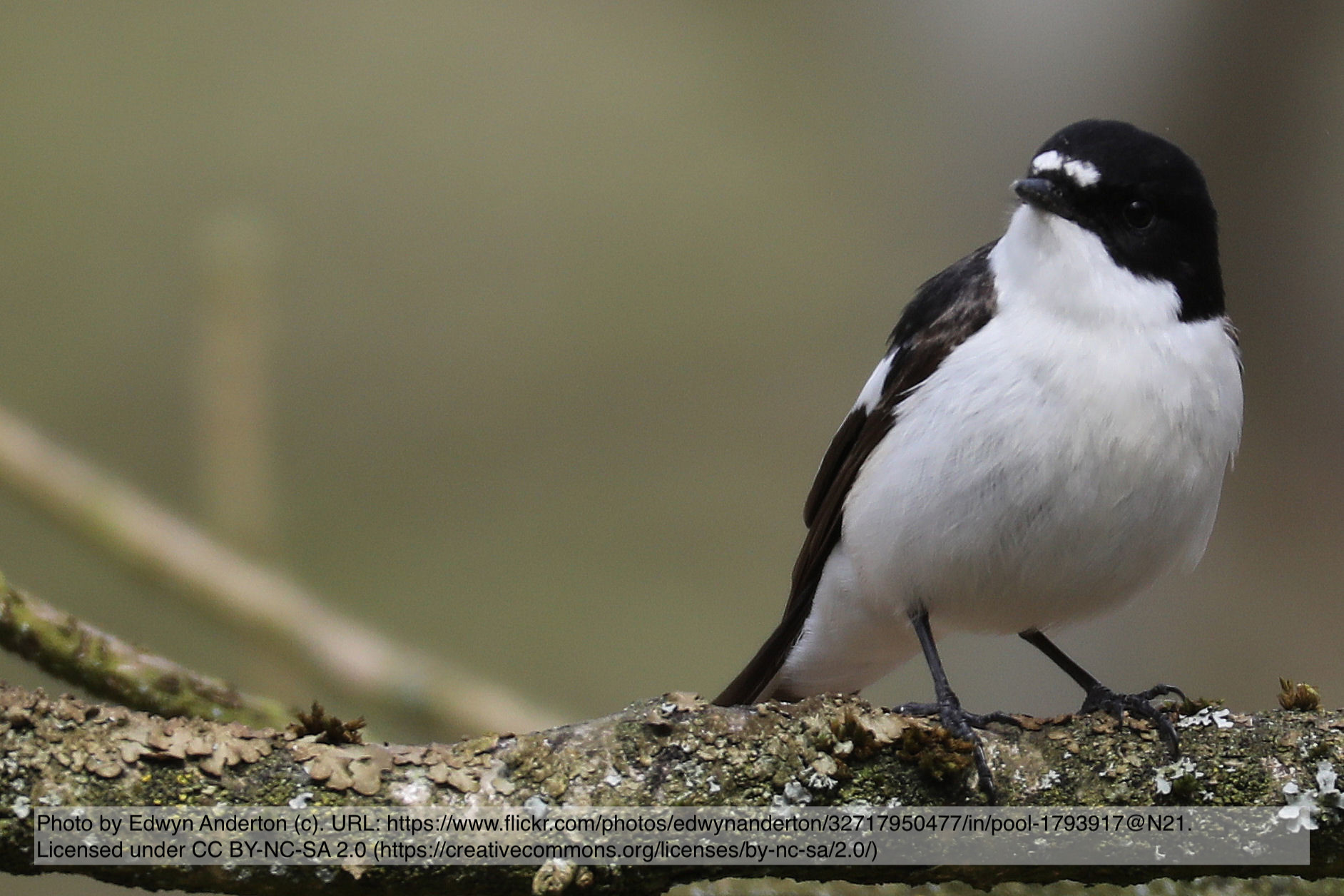Beståndsvariation och häckningsresultat hos holkhäckande svartvit flugsnappare i fjällbjörkskog i Lappland under 46 år
DOI:
https://doi.org/10.34080/os.v21.20232Nyckelord:
populationsdynamik, tättingAbstract
A nest-box breeding population of Pied Flycatcher Ficedula hypoleuca in subalpine birch forest at Ammarnäs in northern Sweden was studied in 1965–2010. The population showed on average a significantly decreasing trend during the initial 25 years, after which it remained on a static level. The yearly variation of the population size was significantly correlated with breeding result in preceding years, which in turn was affected by e.g. nest predation, adverse climatic factors, clutch size, and incidence of defective egg shell formation. It is also suggested that the population decline during the initial 10–15 study years followed from over-establishment of the breeding habitat. The average breeding result was 2.3 fledglings per pair, which is far below the number needed for the population to be self-reproducing. The occurrence of unusually high rates of nest predation and defective egg shells seems to be passing phenomena, predicted to approach zero after about 30 and 60 years, respectively, after the start of the study. But even with these factors eliminated and with other conditions remaining unchanged, the Ammarnäs population will continue to be a sink population.
Nedladdningar

Downloads
Publicerad
Referera så här
Nummer
Sektion
Licens
Författaren/författarna innehar copyright för varje enskilt bidrag, men samtliga bidrag är publicerade under en Creative Commons-licens, så att vem som helst kan dela och återanvända bidraget förutsatt att copyright-innehavaren erkänns.







